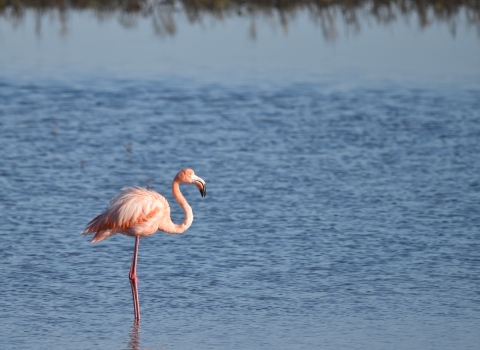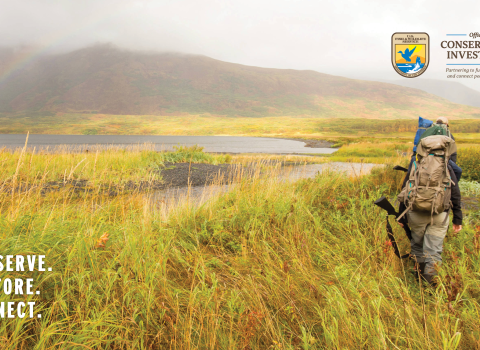Tittabawassee River Natural Resource Damage Assessment and Restoration Overview
On July 27, 2020, a settlement with the Dow Chemical Company to address federal, state, and tribal claims for natural resource damages in the Tittabawassee River System was finalized. The settlement is for an estimated $77 million in projects and funding that will restore fish, wildlife, and habitats injured following releases of hazardous substances in past decades from Dow’s manufacturing facility in Midland, Michigan. Under the settlement, Dow will implement or fund a number of restoration projects identified in Midland, Bay, Saginaw, and nearby counties. The natural resource Trustees evaluated a range of restoration actions and alternatives which would provide benefits to natural resources to compensate the public for losses to natural resources injured by releases from Dow's Midland plant and published the Final Restoration Plan and Environmental Assessment for the Tittabawassee River System.
Shiawassee National Wildlife Refuge Restoration Project
As part of the settlement, Dow will provide $3.25 million to the U.S. Fish and Wildlife Service to continue restoration work in the Shiawassee National Wildlife Refuge (Refuge). Priority uses of the funding include the following:
- Re-configuring dikes and water control structures to improve water flow and fish movement among units of the Refuge (e.g. Butch’s Marsh, Eagle Marsh, North Marsh, adjacent moist soil areas) and the Cass River
- Improving water flow and controls between Maankiki Marsh and the Ferguson Bayou
- Converting a former farm field to a new moist soil unit that could then be managed to benefit shorebirds, wading birds, waterfowl, and other species that depend on a mosaic of wetland types throughout the migration and breeding seasons
- Monitoring and management of improved areas over time
Benefits from these projects are expected to include:
- Improved fish communities on the Refuge
- Increased fish reproduction with young fish able to reach the Cass River, Spaulding Drain, and Shiawassee River
- Improved water quality downstream of the Refuge
- Lower costs for managing vegetation by changing water levels to help kill invasive plants and thus using less herbicide
Ferguson Bayou Restoration at Shiawassee National Wildlife Refuge
A new connection channel and 4 water control structures have restored flow through the Ferguson Bayou area of the Shiawassee National Wildlife Refuge. This work was completed with funding from a settlement with Dow Chemical for damages to natural resources, building on design work funded by the Great Lakes Water Quality Initiative. Ferguson Bayou is a paleo-channel of the Flint River that had been disconnected from river flows for many decades. This project reconnected the Ferguson Bayou to the Flint River flow via Spaulding Drain and thus increase the hydrologic connection from the Flint River/Spaulding Drain system to thousands of acres of floodplain within the Refuge. This project allows more flow and connectivity for fish and other aquatic organisms through this system. Furthermore, the increased distribution of flow increases nutrient retention in the floodplain marshes and improve water quality for downstream communities.
Return to Tittabawassee River Natural Resource Damage Assessment and Restoration main page


